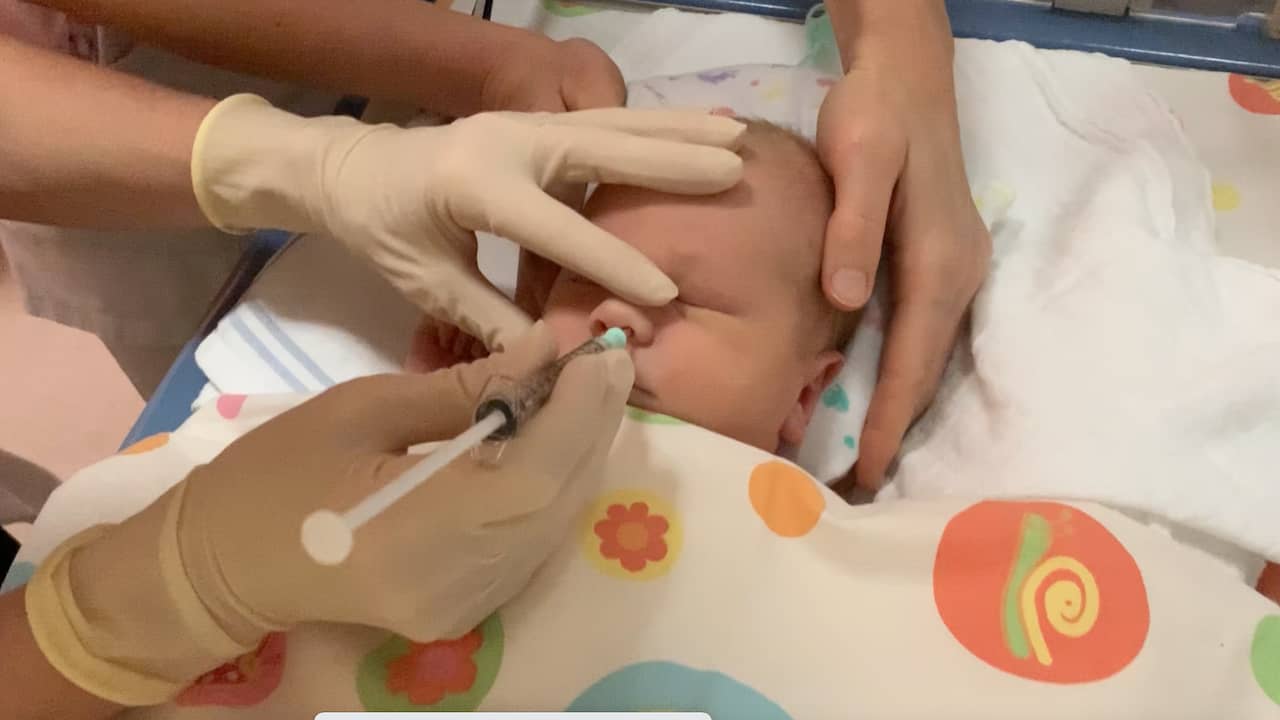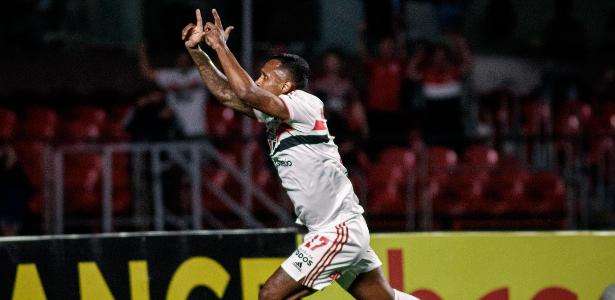Dutch researchers have developed a new treatment for newborn babies who have suffered brain damage after a stroke. Injecting stem cells with nasal drops allows the damaged baby’s brain to repair itself, according to research, published in the medical journal The Lancet has been published.
Cora Nijboer is one of the researchers who discovered how the nasal drops reach the damaged spot in the brain within a few hours. “They pass through a kind of sieve bone in the nose and are then absorbed into the blood vessels of the meninges or cerebrospinal fluid,” she explains.
How the nasal drops containing stem cells then arrive at the right place in the brain seems to be a matter of communication. Nijboer explains that the damaged brain gives off a kind of emergency signal, which attracts the stem cells to the right place. They then make “local substances that activate the repair mechanism of their own brain stem cells”, according to the neuroscientist.
For the study, ten babies were given a dose of stem cells via nasal drops after the diagnosis of a cerebral infarction on an MRI scan. Around the age of three months, the researchers made a second MRI scan. They then saw how much residual damage there was still. The development of the babies was also monitored at the neonatology outpatient clinic of the Wilhelmina Children’s Hospital in Utrecht.
The researchers saw “signs of treatment efficacy.” For firmer conclusions, a larger study is needed including newborns, says Professor of Neonatology Manon Benders of the Wilhelmina Children’s Hospital, who was also involved in the study. According to Benders, the recovery of baby brains is possible, because the young brains are still developing.
What are stem cells?
- Stem cells are found everywhere in our body. They are cells that do not yet have a specific property, but that can develop into a blood cell, a liver cell or a skin cell. They can also renew themselves. For example, our body can replace dead skin cells, because stem cells create new skin cells.
–
–
–
–


